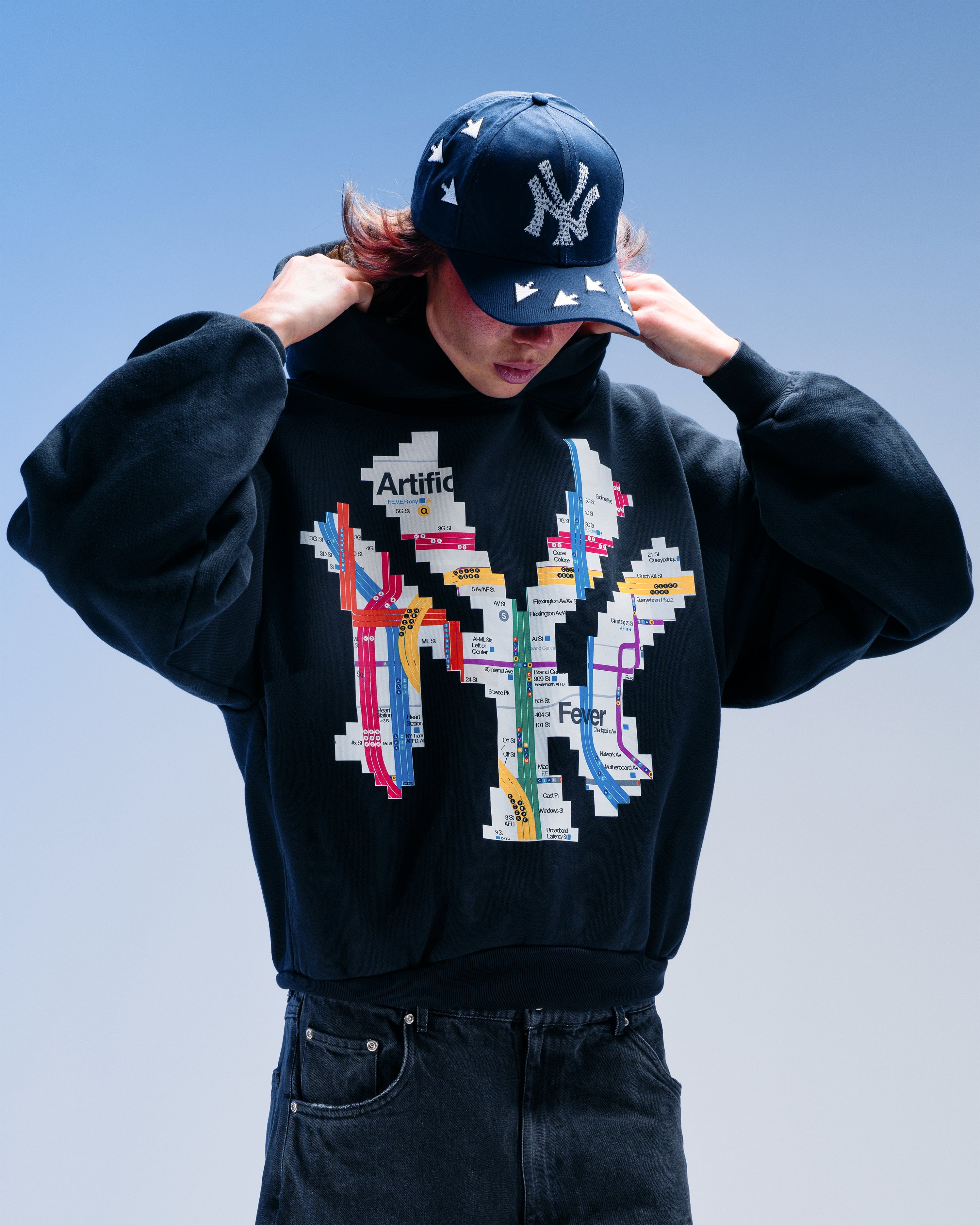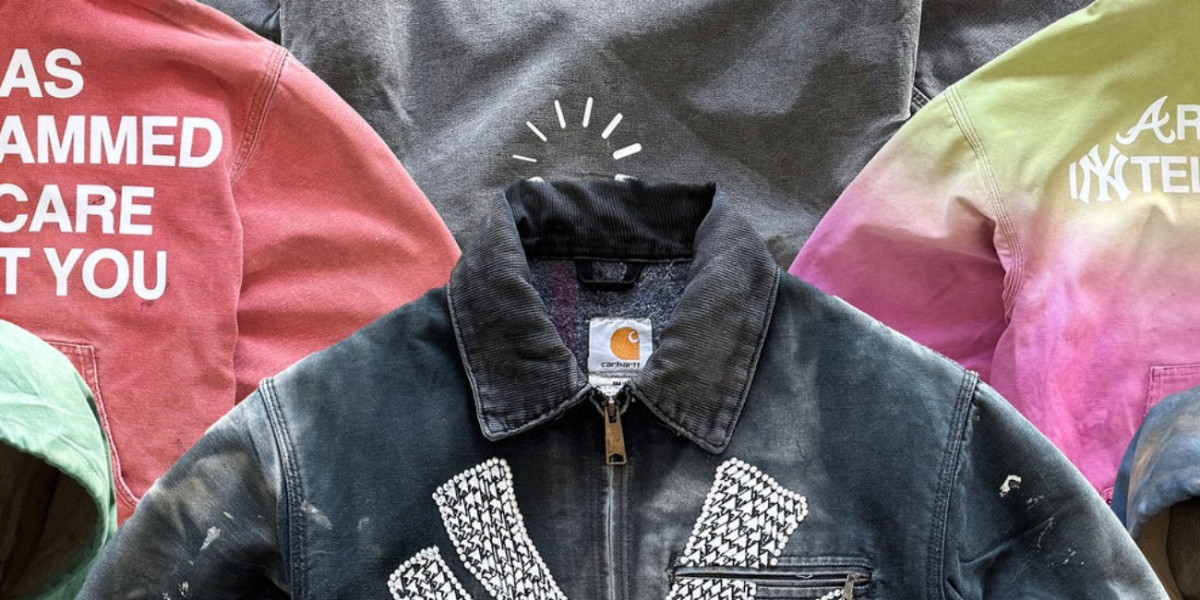In recent years, wearable technology has evolved far beyond fitness trackers and smartwatches. One of the most promising innovations in the field of therapeutic wearables is Artificial Fever Clothinga novel approach that mimics the bodys natural fever response to promote healing and support immune function. This advanced textile technology is opening new avenues in both preventive healthcare and chronic illness management.
What Is Artificial Fever Clothing?
Artificial fever clothing refers to garments embedded with advanced materials or systems that gently raise the body's surface temperature, simulating the conditions of a mild fever. These garments typically use heating elements, phase-change materials, or thermoregulating fabrics designed to produce a controlled and sustained warmth. The goal is to trigger physiological responses similar to those that occur during a natural feverwithout causing harm or overheating.
Unlike regular heated clothing used for comfort in cold weather, artificial fever clothing is calibrated to therapeutic rangesoften around 38C to 39C (100.4F to 102.2F)and monitored with integrated temperature sensors. The heating effect can be localized or full-body, depending on the medical need.

The Science Behind Fever Therapy
Fever is one of the bodys natural defenses against infection. When the body temperature rises, it creates an environment that is less favorable for many pathogens while enhancing the immune response. Fever also increases the production of heat shock proteins, improves circulation, and promotes detoxification through sweat.
Artificial fever therapyor "thermotherapy"has been used in clinical settings for decades. For example, localized hyperthermia has been applied in cancer treatment to improve the effectiveness of radiation and chemotherapy. With wearable Artificial Fever Clothing, these benefits are being translated into non-invasive, user-friendly solutions that can be used outside hospital settings.
Applications and Benefits
Immune Support: By simulating fever conditions, the clothing may help boost immune activity, especially in immunocompromised individuals or those recovering from illness.
Chronic Pain Relief: The controlled heat can aid in muscle relaxation, increase blood flow, and reduce joint stiffnessbeneficial for people with conditions like fibromyalgia, arthritis, or chronic fatigue syndrome.
Detoxification and Metabolism: Sweating induced by mild heat can assist in toxin elimination and stimulate metabolic functions, potentially aiding in weight management and skin health.
Stress Reduction and Sleep Aid: Gentle warmth can promote relaxation, reduce cortisol levels, and improve sleep quality, making this technology suitable for those with stress-related disorders or insomnia.
Challenges and Considerations
Despite its promise, artificial fever clothing must be carefully designed to avoid risks such as overheating, dehydration, or skin irritation. User safety is paramount, and smart temperature regulation, breathable materials, and real-time monitoring are essential features.

Moreover, scientific validation is crucial. While traditional fever therapy has shown benefits, large-scale clinical trials are needed to establish the efficacy of wearable artificial fever devices across different populations and conditions.
The Future of Therapeutic Wearables
Artificial fever clothing represents a convergence of medical science, smart textiles, and biofeedback systems. As research advances and technology becomes more accessible, these garments could become an essential part of personalized healthcare, allowing individuals to proactively manage their health from the comfort of home.
In conclusion, artificial fever clothing is more than just a high-tech heat packit's a smart, responsive system that leverages nature's own healing mechanisms in a wearable form. Its development marks an exciting step toward a future where clothing not only protects us from the elements but actively promotes healing and well-being.






